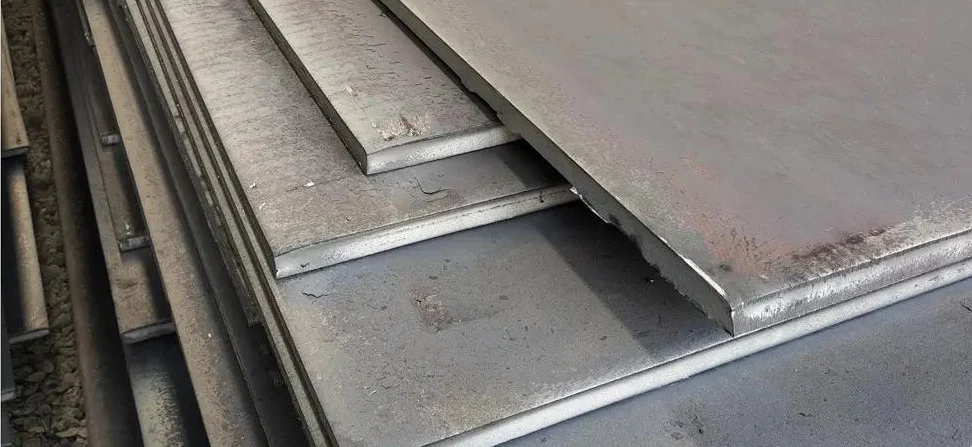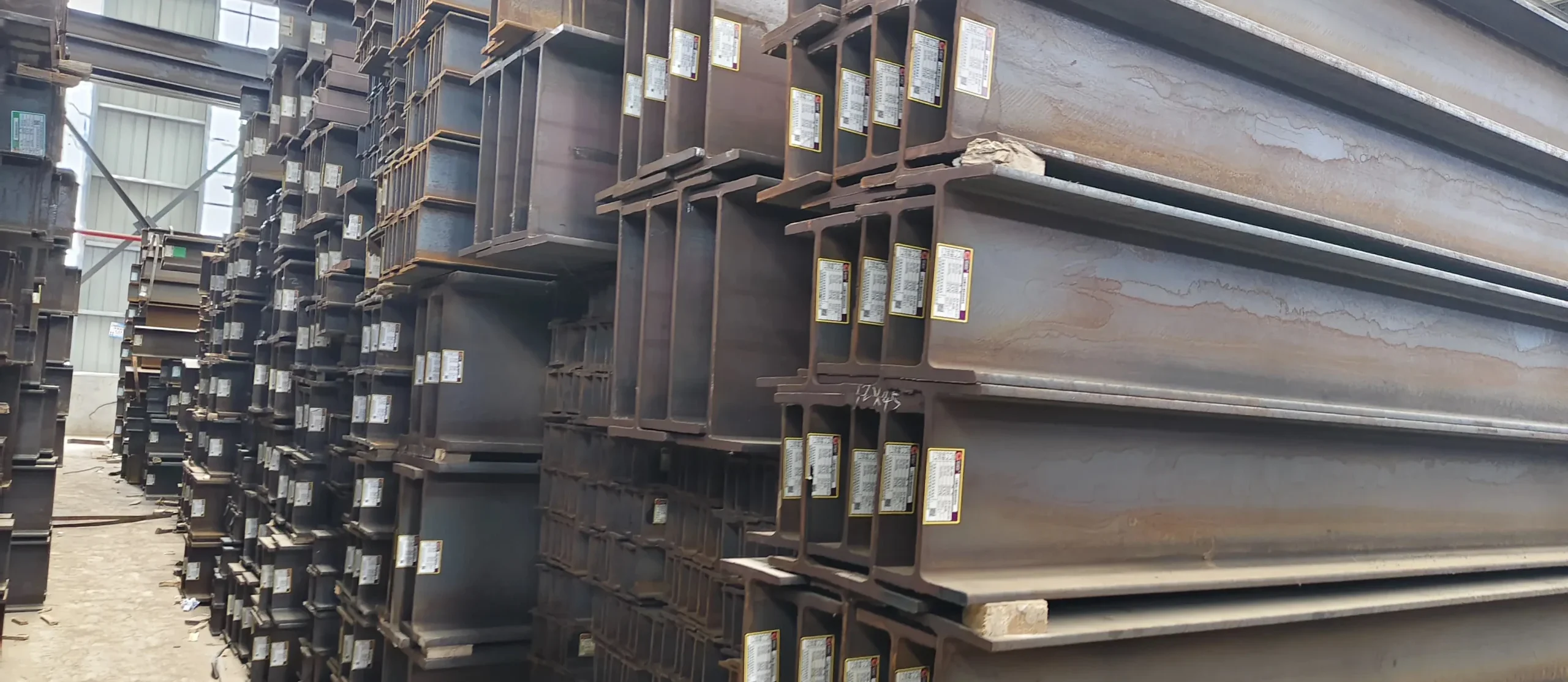Commonly Used Welding Methods For Seamless Stainless Steel Pipes And Their Advantages And Disadvantages
In order to ensure the stability of the stainless steel pipe connection, the basic pipes are connected by welding, including the stainless steel duplex 2205 pipe.
Commonly used welding methods for seamless stainless steel pipes are manual arc welding (MMA), molten inert gas shielded welding (MIG), tungsten inert gas protection (TIG), and the like.
Different welding methods are used differently because different stainless steel welding methods have corresponding advantages and disadvantages.
Argon arc welding: deep penetration welding is required, no oxide inclusions are included, the heat affected zone is as small as possible, and the argon arc welding maintained by tungsten inert gas has good compliance, high welding quality and good penetration function. Commodities have been lost in the chemical, nuclear, and food industries.
High-frequency welding: Compared with the power supply, the steel pipe with different material and outer wall thickness can reach a higher welding speed. Compared with argon arc welding, it is more than ten times its maximum welding speed. Therefore, the consumption of stainless steel pipes for ordinary use has a high consumption rate. Due to the high frequency welding speed, it is difficult to remove the burrs in the welded pipe. At present, high-frequency welded stainless steel pipes are not yet accepted by the chemical industry and the nuclear industry, which is one of the reasons.
Combination welding: Various welding methods for stainless steel welded pipes have their own advantages and disadvantages. Combined welding methods include: argon arc welding plus plasma welding, high frequency welding plus plasma welding, high frequency preheating plus three torch argon arc welding, high frequency preheating plus plasma plus argon arc welding. The combined welding progress speed is very significant. The weld quality of the welded steel pipe with high-frequency preheating is equivalent to the conventional argon arc welding and plasma welding. The welding operation is complicated, and the whole welding is easy to complete. This combination is easy to connect with the existing high-frequency welding equipment. Low cost and good efficiency.
Manual arc welding: This is a welding method that uses manual arc welding for welding. In manual arc welding, an electric arc is generated between the electrode and the workpiece to locally heat the electrode and the workpiece to a molten state, and the molten droplet at the end of the electrode is fused with the molten base material to form a molten pool, which moves forward with the arc. The molten metal of the molten pool is gradually cooled and crystallized to form a weld.
Advantages
- 1. The electrode loss is small, the arc length is easy to maintain, and there is no flux or coating layer during welding, so it is easy to realize mechanization and automation.
- 2, independent of the position of the weldment, can be all-position welding.
- 3. Argon gas can effectively isolate the surrounding air. It is insoluble in metal and does not react with metal. The arc also automatically removes the oxide film on the surface of the workpiece during TIG welding. Therefore, it is possible to successfully weld non-ferrous metals, stainless steels, and various alloys which are easily oxidized, nitrided, and chemically active.
- 4. The tungsten arc is stable, and it can be stably burned even under a small welding current (<10A). It is especially suitable for thin plates and ultra-thin plate materials.
- 5. The heat source and the filler wire can be separately controlled, so the heat input can be easily adjusted, and welding can be performed at various positions, which is also an ideal method for achieving double-sided forming of single-sided welding.
Disadvantage
The melting depth is shallow, the welding speed is small, the production efficiency is low, and the production cost is high.




